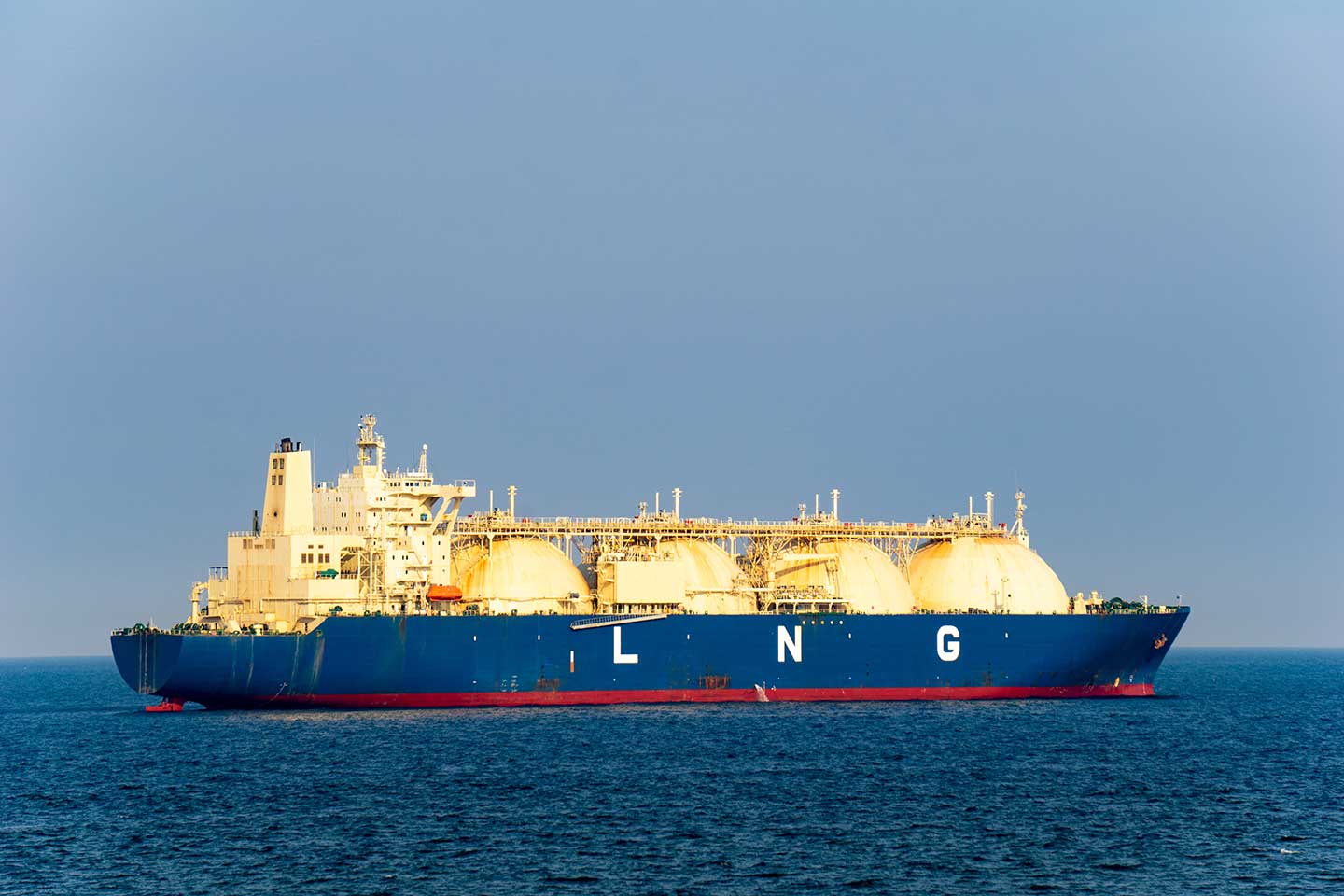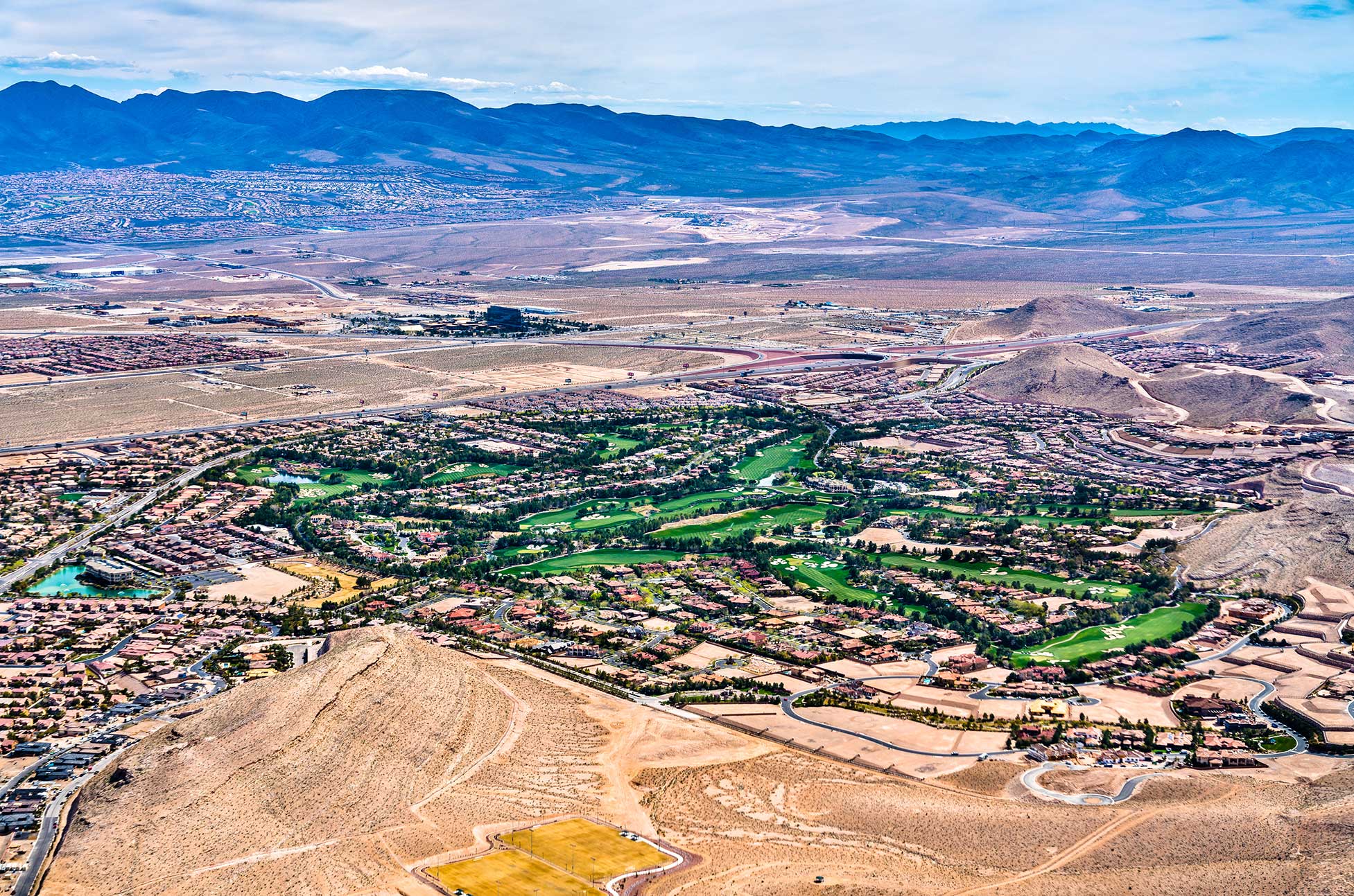Hey there world-savers, and welcome back to one5c. We’re only a couple weeks away from COP28, the annual international mass meetup on climate action, and the pregame status reports are piling up. This year is on track to be the hottest on record, analysts have dubbed the current roster of existing fossil-fuel projects as “insanity,” and China kinda-sorta knows what to do about its methane problems. We’ll be talking more about what these ginormous conferences full of bigwigs mean for you—dedicated world-savers that you are—in the coming weeks, but the important thing to do right now is channel all the gloomy buildup into fuel for our collective fire.
For starters, let’s give good ol’ Joe the big ol’ “NO” on a new potentially climate-crushing project, and then join Glorie on a visit to southern Nevada, where water-saving technology might also help trim emissions. As ever, if you like what you’re reading, please share us with everyone you know. —Corinne
WHAT WE’RE INTO THIS WEEK
By Sara Kiley Watson

If approved, the CP2 project will fill more ships this like this one. The Mariner 4291/Shutterstock
Let’s get loud
Help stop a massive natural-gas project in the Gulf
The Biden administration is currently weighing approval of a major new natural-gas project along the Gulf Coast. The project, called CP2, would create a series of terminals to export liquid natural gas (LNG) to European nations. Recent analysis shows that LNG, which the U.S. has been exporting an increasing amount of, may be worse for the environment than burning coal—and emissions from this project could be equivalent to hundreds of power plants. CP2 is currently under review with the Federal Energy Regulatory Commission and the Department of Energy, and activists are collecting signatures on a petition to tell the president “no-freaking-thank-you!” SIGN IT HERE. Once you’ve done that: If you want to learn more about the emissions impact of such projects, check out Bill McKibben’s recent deep dive in The New Yorker.
Greenwatch
That bottle probably isn’t ‘100% recycled’
Is there such a thing as a 100% recyclable bottle? What about one made from 100% recycled plastic? In many (if not all) cases, both claims are baloney, according to a new complaint to the European Commission from the Bureau Européen des Unions de Consommateurs. Water bottles from brands like Coca-Cola, Danone, and Nestlé have touted such labels, when in reality, their lids cannot be made from recycled plastic at all, and labels rarely are. Not to mention, saying something is recyclable doesn’t mean that’s what’s gonna happen to it. Only around half of bottles made of their particular type of plastic (PET) are recycled in the E.U. While a circular economy for plastic bottles would be ideal, it “does not reflect the outcome for PET-based bottles in Europe,” researchers wrote in a recent report. At the end of the day, these labels are only encouraging folks to buy more single-use bottles instead of reaching for reusable ones.
Cause for optimism
This simple score can make finding an energy-efficient home a little easier
Buying a home can be an overwhelming process, but buying a climate-friendly, energy-efficient one can be even more confusing. Luckily, there’s a simple number growing in popularity across various U.S. cities that can tell you how green a potential home is. Meet the Home Energy Score, which our friends at Canary Media call a “miles-per-gallon rating for homes.” The assessments, which are now required for homes for sale in places like Portland, Oregon, are designed to be quicker and cheaper than a full energy audit, and much more straightforward for the ordinary buyer to understand: A 1 rating is pretty abysmal, a 5 is average, and a 10 is doing great (but can still be improved with smart energy usage). According to the Department of Energy, about 280,000 homes nationwide have been scored.
Good read
A major test of ‘Green Amendments’
New York is one of three states with the right to a healthy environment enshrined in its state constitution, and a lawsuit surrounding a hazardous waste processing facility near the state’s capital is putting the so-called Green Amendment to the test. The state attorney general sued the plant in 2022 over continued clean-air violations but has allowed the facility to continue operating. In response, organizers have invoked the amendment, a move the state says is an overreach. “The court’s decision,” writes The Intercept, “could have reverberations around the country” as a crucial test of the efficacy and impact of such amendments.
Mic-drop climate stat

The amount the U.S. and U.K. owe to communities most harmed by their polluting military actions, according to a new report. The estimate, which authors say is conservative, is only about 15% of America’s 2022 military budget.
Who’s going to save the world
This Nevada rep manages water in the desert
By Glorie Martinez

The Southern Highlands community near Las Vegas, Nevada. Leonid Andronov/Shutterstock
The Candidate
Incumbent U.S. Rep. Susie Lee is running for a fourth term in Nevada’s District 3 to extend her track record of delivering water to one of the driest places in the country. Lee has championed various causes from cleaner drinking water to improved usage data, but her crown jewel is securing a $450 million federal investment for large-scale water recycling projects.
The Local Story
Nevada, the driest state in the U.S., gets less than 10 inches of annual precipitation (the national average is 28). Southern Nevada, which accounts for about three-fourths of the state’s water demand, sees only 4. The region’s population is expected to grow by more than 1 million in the next 40 years, increasing demand for the wet stuff by 85%. Lake Mead is the primary source in the region, supplying some 25 million people, including the entire population of Lee’s district.
Although there was some relief from above-average precipitation this year, Lake Mead and Lake Powell—the two largest reservoirs in the country—remain alarmingly low. As global warming makes Nevada continually hotter and drier, investing in big water recycling projects like the one Lee’s secured funding for means the state could rely on Lake Mead less. (Full disclosure: Lee recently found herself under the microscope when her money manager bought a stake in a water recycling company, but there’s no evidence that she knew about the transaction or intended to profit from her water legislation.)
Water recycling is the process of capturing wastewater, treating it, and reusing it for either direct or indirect purposes. Direct reuse includes for things like agriculture and industry, while indirect reuse involves returning water to an environmental buffer, like a lake or river, before it’s circulated again. In Southern Nevada, treated wastewater returns to Lake Mead via the Las Vegas Wash, a tributary with natural wetlands that filter out contaminants in the water.
Efforts like this one would help Nevada comply with an agreement with six other Western states to conserve at least 3 million acre-feet of Colorado River water (enough to support 6 million homes for a year) by 2026.
The National Picture
Lee has emphasized that this progress only buys time, highlighting the urgency of investing in further preservation efforts in the Silver State and beyond. Water efficiency—a catchall term for practices and technologies that help save and conserve water—is something few states are great at. Adopting recycling systems has plenty of benefits, from improved health to reduced energy consumption.
The River Network reports that the U.S. emits roughly 290 million metric tons of carbon annually moving, treating, and heating water. (That’s equivalent to the emissions of more than 236 million cars.) Using recycled wastewater for nonpotable purposes like agriculture conserves fresh water and expends less energy on treatment. It’s an approach that not only relieves pressure on sources amid population growth and climate disruption, but also cuts down on pollution by reducing or eliminating wastewater discharge into oceans, rivers, and streams.
